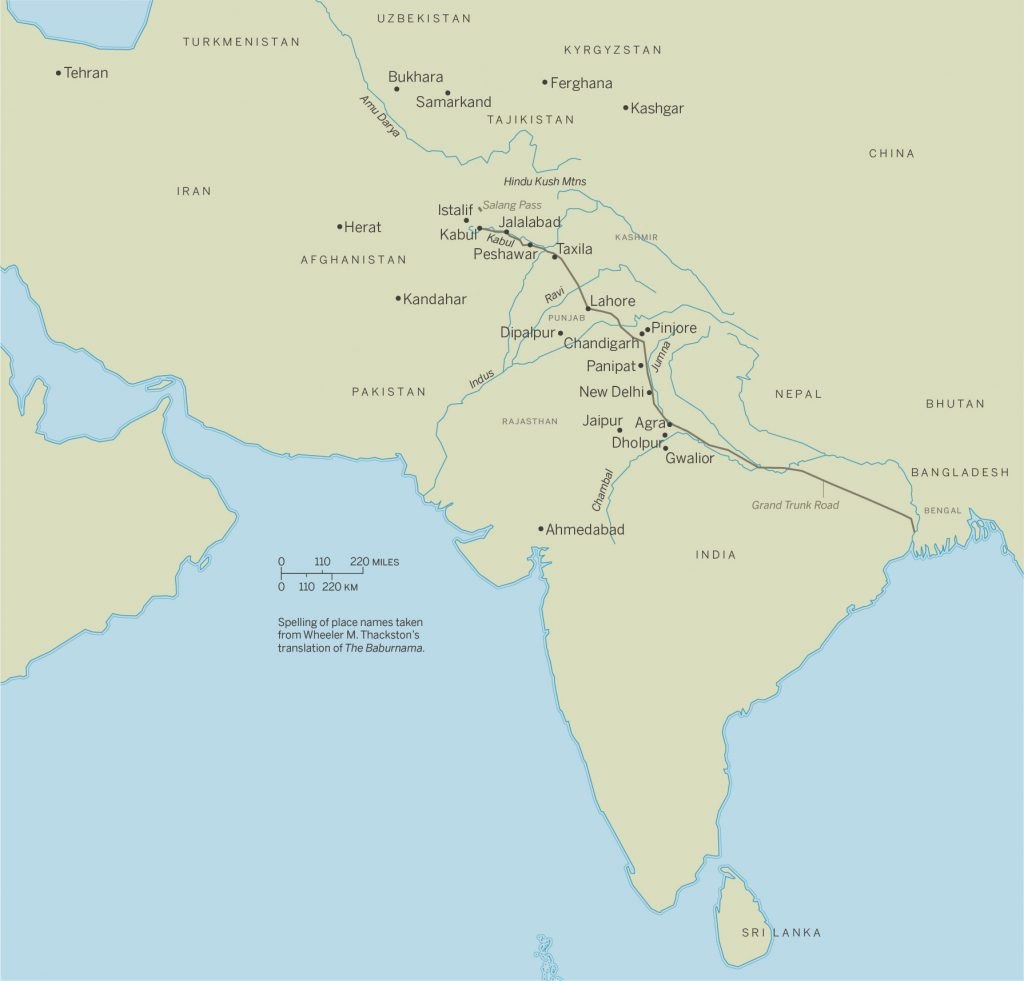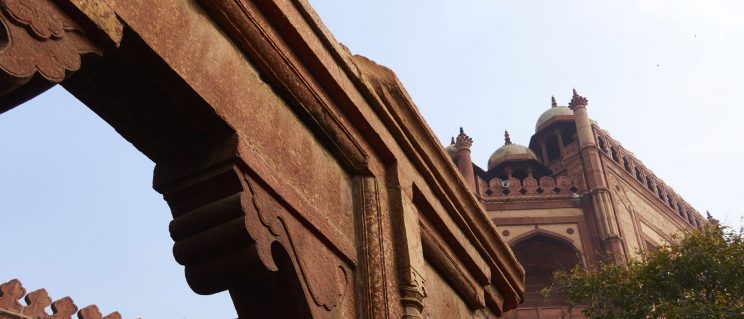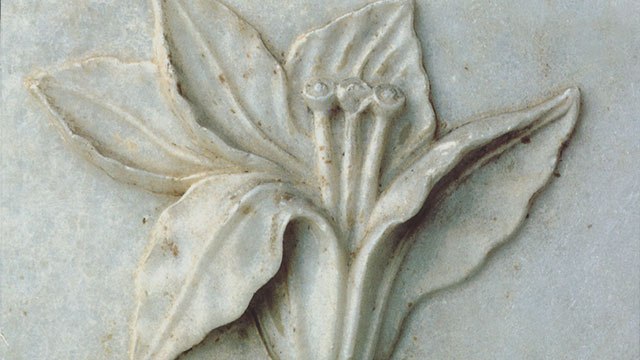
Sites referenced by Elizabeth Moynihan in her memoirs and research.

Looking for an object or work of art?
Search The CollectionsLooking for archival materials?
Search the Archives


Sites referenced by Elizabeth Moynihan in her memoirs and research.
appanage: fiefdom
ashrafi: gold coin
bagh: garden
beg: commander
begim: Muslim lady of high rank
bhavan: building
bigha: unit of land measurement
cella: inner chamber of a temple
charbagh: garden divided into four sections; often has a pool in the middle
chenar (Platanus orientalis): large, deciduous tree, native to Europe and Asia
chini khana: row of earthen oil lamps set in a niche carved in the temple wall
crore: unit in the Indian numbering system equal to ten million
dacoit: bandit
dargah: tomb
district collector: officer in charge of revenue collection and administration in districts of India
al-Fatiha: the Opening, the first sura in the Qur’an
firman: royal mandate or decree
ghat: a broad flight of steps on a riverbank that provides access to the water
hajj: pilgrimage to Mecca that all Muslims are expected to take at least once in their lives
hammam: Turkish bath
haram: forbidden or proscribed by Islamic law
Jat: rural caste in northern India and Pakistan
jizya: tax on non-Muslims residing in Muslim lands
madrasa: a Muslim institute of higher learning
maʿjun: mild narcotic in chewable form
mihrab: a niche in the wall of a mosque, at the point nearest to Mecca, toward which the congregation faces to pray
minaret: tower attached to a mosque
Mughal: South Asian dynasty and empire; founded by Babur in 1526, the Mughal dynasty ruled large parts of India and Afghanistan until the mid-nineteenth century.
nala: a redirected stream
one-mill stream: stream with enough water to power one water mill
paradise garden: enclosed garden
pargana: administrative district
purdah: custom in which Muslim women separate themselves from men
qanat: cloth screen
Rajput confederation: Hindu military lineage; in the sixteenth century, led by Rana Sanga (Maharana Sangram Singh, r. 1508–28), the Rajputs blocked Babur’s quest for complete control of India
shahrukhi: silver coin
shamanism: belief in an unseen world of gods, demons, and ancestral spirits who respond only to priests and priestesses known as shamans
Timurid: Central Asian/Persian dynasty and empire founded by Timur (died 1405), whose descendant Babur founded the Mughal Empire.
zamindar: landowner
zenana: part of a house where women are secluded
Continue discovering Babur with these open access resources.

Edited by Elizabeth Moynihan

By Howard Kaplan, Asiatica 2009, pp. 46–51.

By Elizabeth B. Moynihan, Muqarnas 5, no. 1 (1987), pp. 135–52. Used with permission from Brill.

By Rachel Hirsch, Abdul Rehman, and James L. Wescoat, Jr.
Asher, Catherine B. Architecture of Mughal India. The New Cambridge History of India. New York: Cambridge University Press, 1992.
Beach, Milo Cleveland. The Imperial Image: Paintings for the Mughal Court. Revised and expanded edition. Washington, DC: Freer Gallery of Art, Arthur M. Sackler Gallery, and Mapin Publishing, 2012.
———. Mughal and Rajput Painting. The New Cambridge History of India. New York: Cambridge University Press, 1992.
Beveridge, Annette Susannah, trans. The Babur-nama in English (Memoirs of Babur), volume 1. London: Luzac & Co., 1922.
———, trans. The Babur-nama in English (Memoirs of Babur), volume 2. London: Luzac & Co., 1922.
———, trans. The history of Humāyūn (Humāyūn-nāma) by Gulbadan. London: Royal Asiatic Society, 1902.
Dale, Stephen F. The Garden of Eight Paradises: Bābur and the Culture of Empire in Central Asia, Afghanistan and India (1483–1530). Leiden: Brill, 2004.
Dughlat, Haydar Mirza. Tarikh-i-Rashidi (History of Rashid): A History of the Moghuls of Central Asia, 1541–46.
Forster, E.M. Abinger Harvest. New York: HBJ Book, 1936.
Godden, Rumer. Gulbadan: Portrait of a Rose Princess at the Mughal Court. (New York: Viking Press, 1981).
Moynihan, Elizabeth B., ed. The Moonlight Garden: New Discoveries at the Taj Mahal. Washington, DC: Smithsonian Institution and University of Washington Press, 2000. [link to digitized version]
———. Paradise as a Garden: In Persia and Mughal India. New York: George Braziller, 1979.
Richards, John F. The Mughal Empire. The New Cambridge History of India. New York: Cambridge University Press, 1996.
Ruggles, D. Fairchild. Islamic Gardens and Landscapes. Penn Studies in Landscape Architecture. Philadelphia: University of Pennsylvania Press, 2008.
Smart, Ellen. “Paintings from the Baburnama: A Study of Sixteenth-Century Mughal Historical Manuscript Illustrations.” PhD diss., School of Oriental and African Studies, University of London, 1977.
Thackston, Wheeler M., trans. The Baburnama: Memoirs of Babur, Prince and Emperor. New York: Oxford University Press in association with the Freer Gallery of Art and Arthur M. Sackler Gallery, 1996.
———. The Jahangirnama: Memoirs of Jahangir, Emperor of India. New York: Oxford University Press in association with the Freer Gallery of Art and Arthur M. Sackler Gallery, 1999.
Tod, James. Annals and Antiquities of Rajistan. New Delhi: K.M.N. Publishers, 1971.
Villiers-Stuart, Constance. Gardens of the Great Mughals. London: A. and C. Black, 1913.
Westcoat, James L., and Joachim Wolschke-Bulmahn. Mughal Gardens: Sources, Places, Representations, and Prospects. Washington, DC: Dumbarton Oaks, 1996.
Wilber, Donald N. Annotated Bibliography of Afghanistan. New Haven: Human Relations Area Files Press, 1968.
———. Persian Gardens and Pavilions. Rutland, VT: Charles E. Tuttle Co., 1962.
Discovering Babur was made possible with contributions from the following individuals.
National Museum of Asian Art Staff
Lara Amrod
Gio Camozzi
Liz Cheng
Debra Diamond
Chelsea Fairley
Neil Greentree
Rachel P. Hirsch
David Hogge
Jane Lusaka
Mary Mulcahy
Joellyn Powers
Joelle Seligson
Sarah Yarrito
Support for Writing My Truth: The Mughal Emperor Babur is provided by the Elizabeth Brennan Moynihan Endowment Fund.
Site photographs are from the Elizabeth Moynihan Collection, National Museum of Asian Art Archives, Smithsonian Institution, Washington, DC. Gift of Elizabeth Moynihan, 2013.
Collections images are copyright of National Museum of Asian Art, Smithsonian Institution. All rights reserved.
Photography courtesy of the National Museum of Asian Art, Smithsonian Institution. Photography by Colleen Dugan, Cory Grace, and Neil Greentree.
Special thanks to Writing My Truth guest curator Bronwen Gulkis, and to Massumeh Farhad and Simon Rettig for contributions to the exhibition.
The Gardens of the Mughal Empire Bibliographic Update is contributed by Rachel P. Hirsch, Abdul Rehman, and James L. Wescoat, Jr.
Unless otherwise noted, excerpts from Babur’s memoirs are from The Baburnama: Memoirs of Babur, Prince and Emperor, translated, edited, and annotated by Wheeler M. Thackston (New York: Oxford University Press in association with Smithsonian Institution, Freer Gallery of Art, Arthur M. Sackler Gallery, 1996).
1050 Independence Ave. SW
Washington, DC 20013
202.633.1000
© 2024 Smithsonian Institution